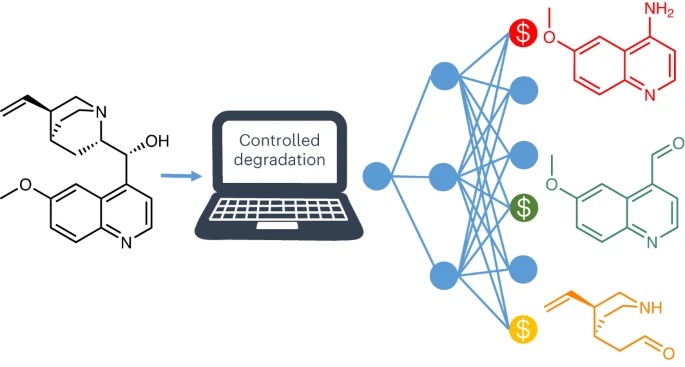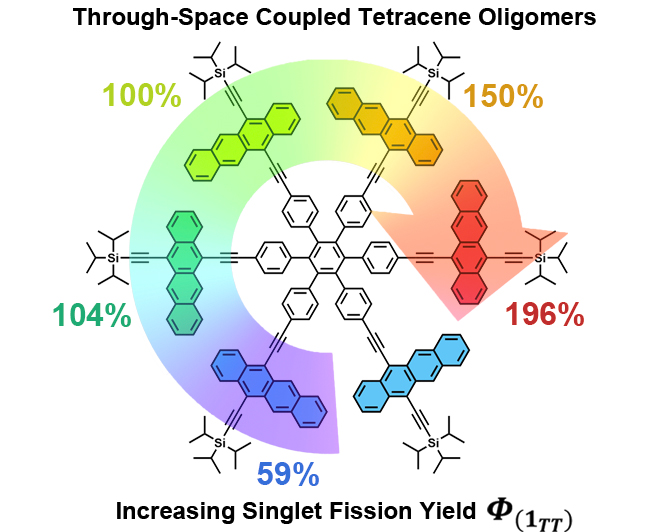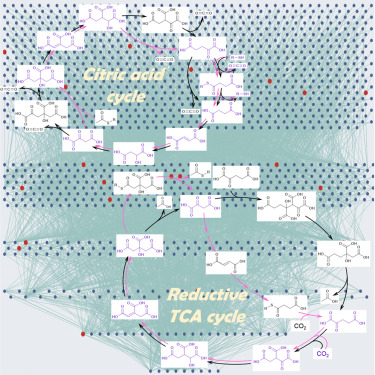News
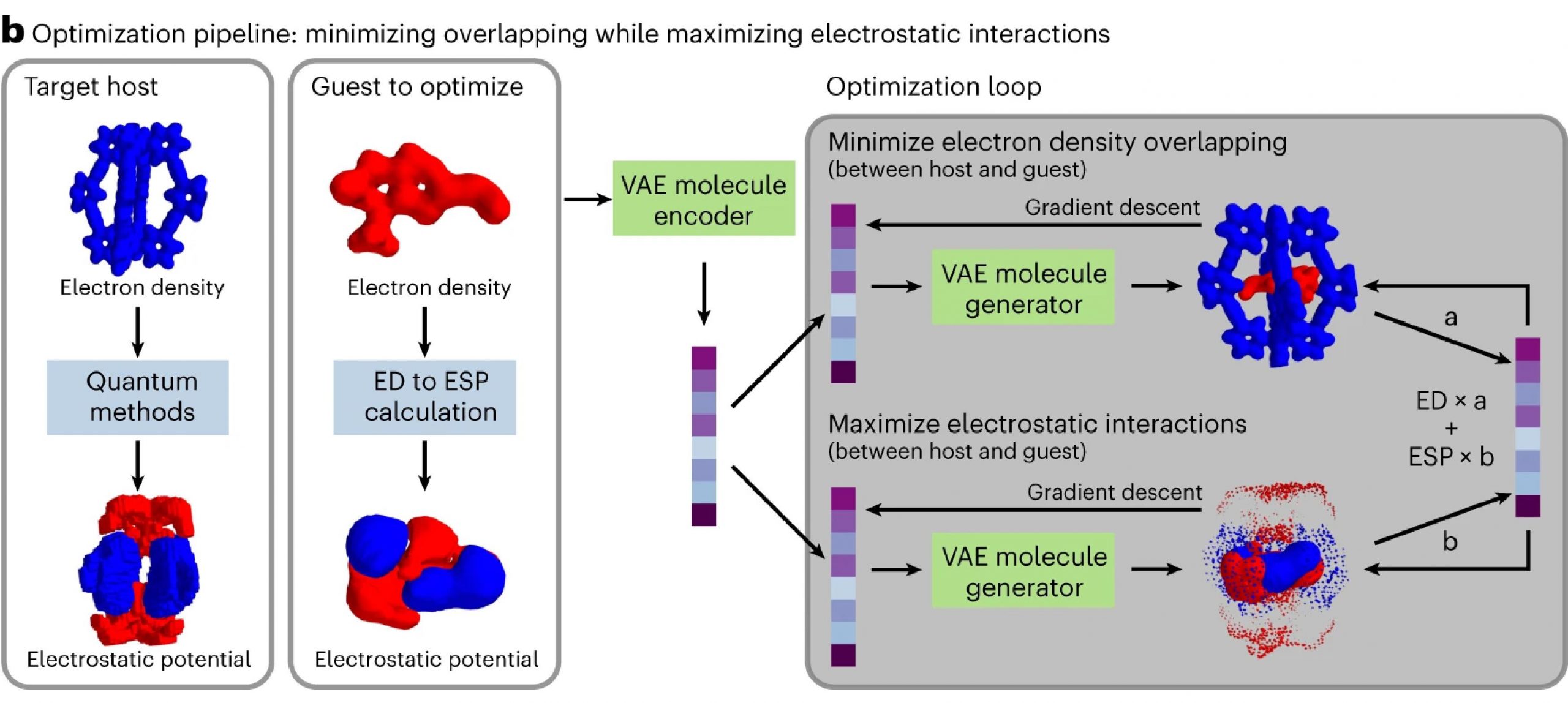
23 April 2024
Publication by Dr. Jarosław Granda in Nature Computational Science in cooperation with the team of Prof. Leroy Cronin
Loading...
Loading error
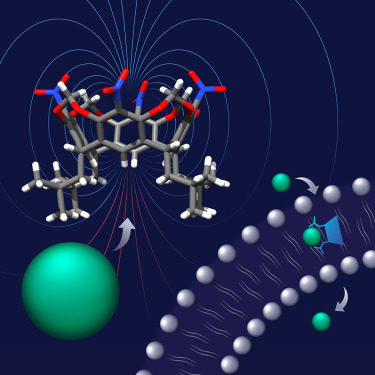
29 March 2024
Article by Dr. Esma Abdurakhmanova, Dr. Hanna Jędrzejewska, Dr. Piotr Cmoch and Prof. Agnieszka Szumna in Chem
Loading...
Loading error

28 March 2024
Article by Prof. Marek Chmielewski, Prof. Bartłomiej Furman and colleagues at Organic Reactions
Loading...
Loading error
Loading...
Loading error
We invite you to read new articles by Prof. Bartosz Grzybowski’s team:

A. Makkawi, W. Beker, A. Wolos, S. Manna, R. Roszak, S. Szymkuc, M. Moskal, A. Koshevarnikov, K. Molga, A. Zadlo, B. A. Grzybowski „Retro-forward synthesis design and experimental validation of potent structural analogs of known drugs”, Chem. Sci.

K. Molga, W. Beker, R. Roszak, A. Czerwiński, B. A. Grzybowski „Hierarchical Reaction Logic Enables Computational Design of Complex Peptide Syntheses”, J. Am. Chem. Soc.
Congratulations and we wish you continued success!

